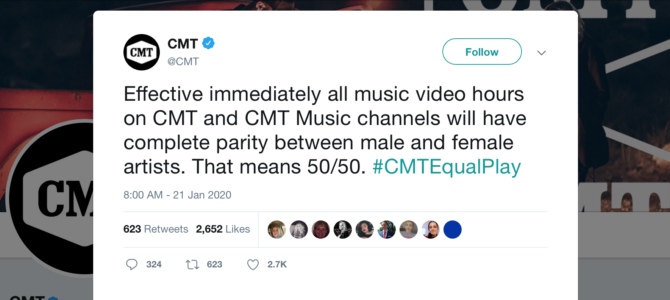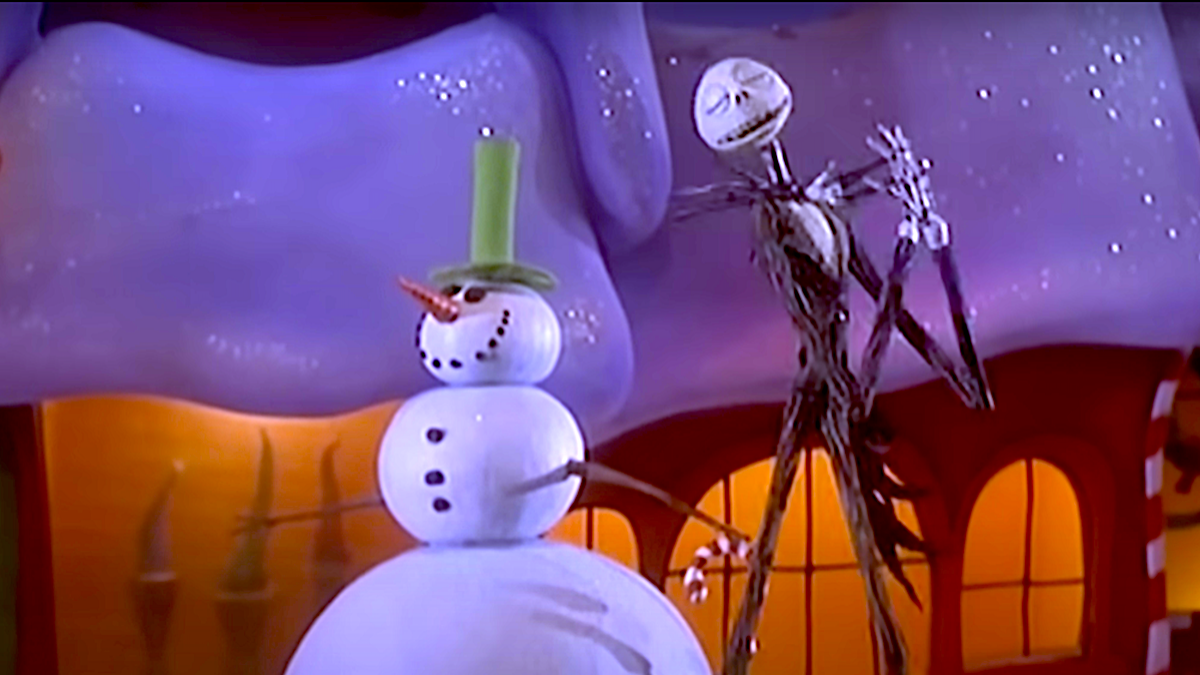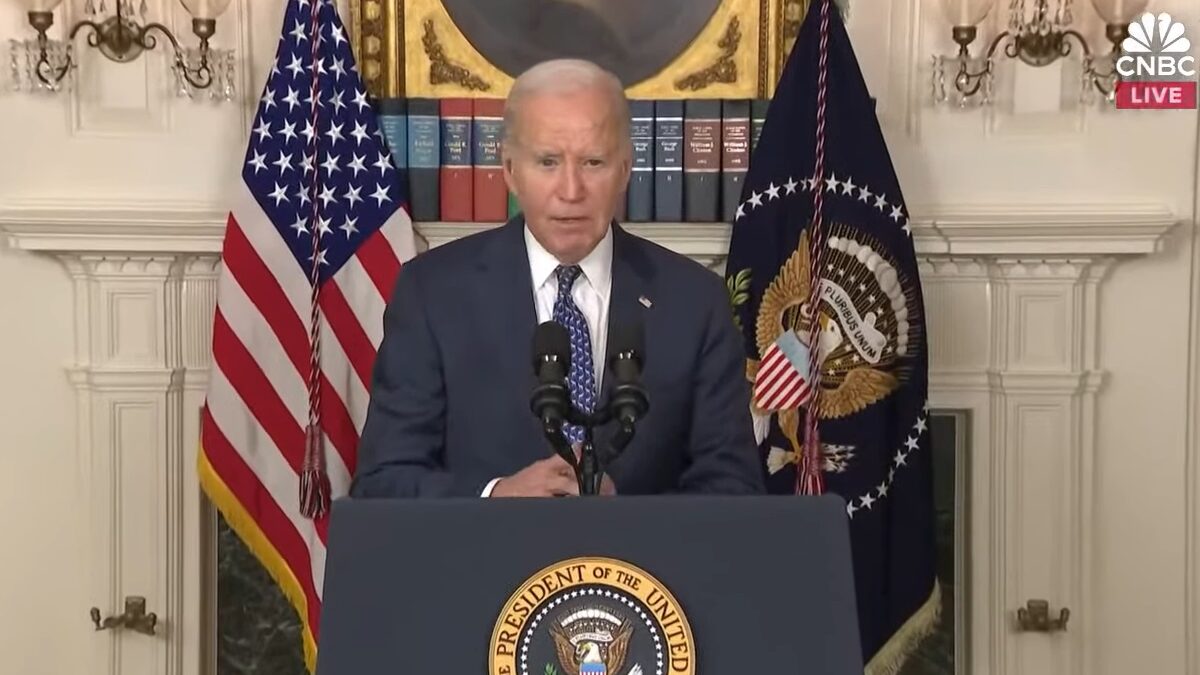
CMT took what may seem like a big step for female country artists on Tuesday, pledging to play men and women equally on its platforms. Country radio today plays male artists at much higher rates than their female counterparts, a disparity subject to a difficult and increasingly high-profile debate in the industry.
That debate is difficult because country radio has business incentives to give listeners what they want, and there’s a serious belief that female listeners want to hear more from male artists. It’s also difficult because country music has a rich history of producing iconic female artists, and female artists have gotten plenty more spins in the past.
An April survey conducted by Dr. Jada Watson of the University of Ottawa sought to quantify this disparity over time, attempting to control for changes to chart metrics. As Rolling Stone reported, Watson, who worked in consultation with the advocacy group WOMAN Nashville, found, “In 2000, women held 33.3% of songs on the year-end country airplay reports, but by last year, they came in at 11.3% — a decline of 66% percent.” According to Watson, by 2018 the ratio of male to female spins on yearend country airplay charts was 9.7 to 1. Other studies have documented similar trends.
CMT’s business incentives differ from country radio’s. As the network pointed out in a write-up of its own announcement, CMT was already playing women and men at a 40/60 ratio. “Now if we could just get country radio — where female singers account for only 13 percent of airplay — to follow our lead,” the network’s write-up lamented.
CMT was already pretty close to parity, so the move involves significantly less change than it would for radio. That fact also tells me CMT viewers want to see more videos by female artists, which would make sense given that television is a visual medium. It’s actually impressive CMT is able to hit those numbers given how much women struggle on the charts.
All this is to say, CMT’s decision won’t do much to address the broader problem because the broader problem involves radio, and may actually involve audience preferences. I’ve always struggled with this issue because country radio has been much kinder to female artists in the past, which tells me sexism in the industry isn’t exactly at the heart of the problem. If business incentives demanded something closer to parity on the air, it’s exceedingly hard to imagine country radio wouldn’t do a better job meeting those demands, particularly given its history of spinning female artists in eras past.
It’s equally perplexing to me that listeners, particularly women, may be less interested in songs by female country artists, especially at a time they’re producing some of the genre’s richest work. As a twentysomething woman, I generally gravitate towards female artists since their music tends to resonate more. But it seems that’s likely not reflective of many female listeners, and it’s perhaps where proponents of female artists should focus their curiosity.
The perspectives of women have contributed much to country music’s proud history, particularly in amplifying the voices of rural (and even suburban) “flyover state” women, often women of faith, who lack proper representation in media and popular culture. That’s representation we could use now as much as ever. But hotshot radio executives also shouldn’t shove music down listeners’ throats if it’s not what they want to hear. There has to be a balance.
According to the network, there wasn’t much of a problem at CMT anyway. But whatever the cause of the downturn, it’s at least important to break the vicious cycle and give the women of the industry a fighting chance, because as soon as radio stops playing them, labels stop signing them, and the pattern will just keep rolling on. Let’s not silence the next Loretta Lynn before she even gets started.









